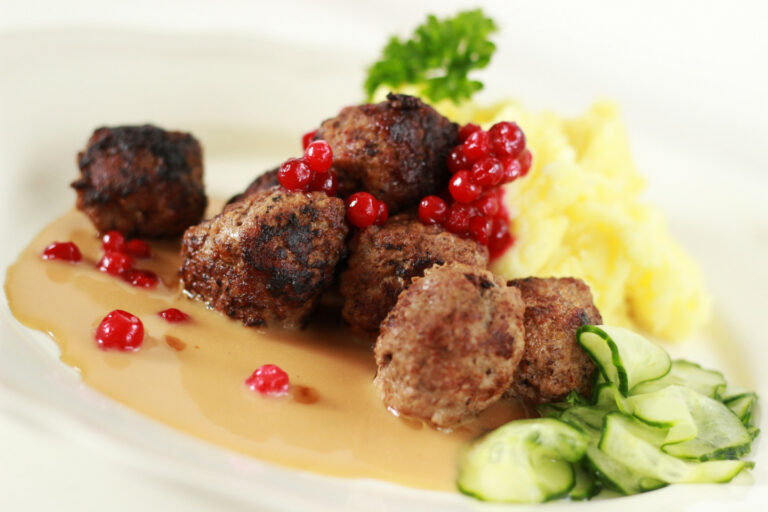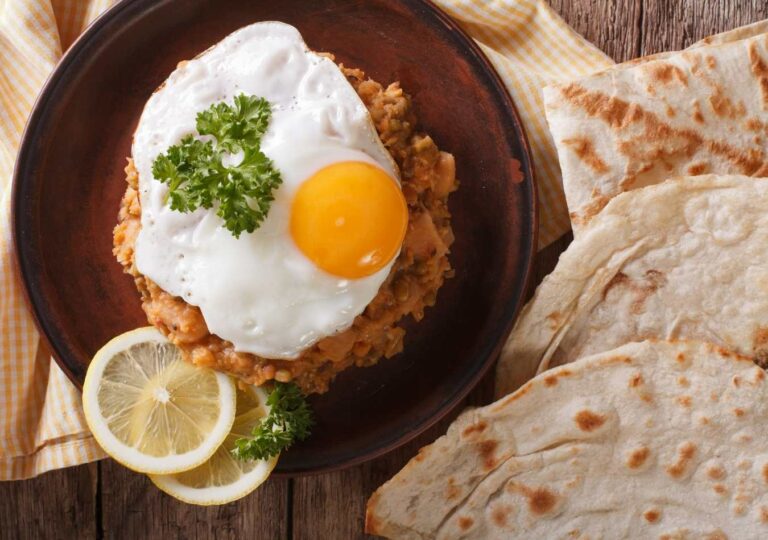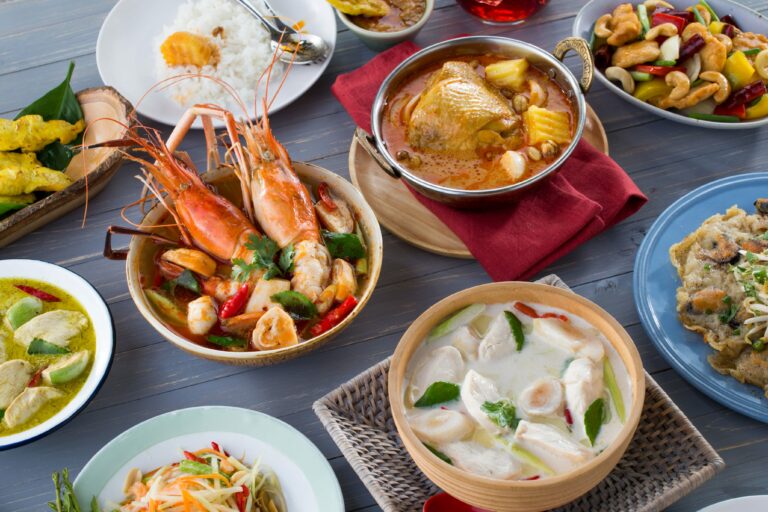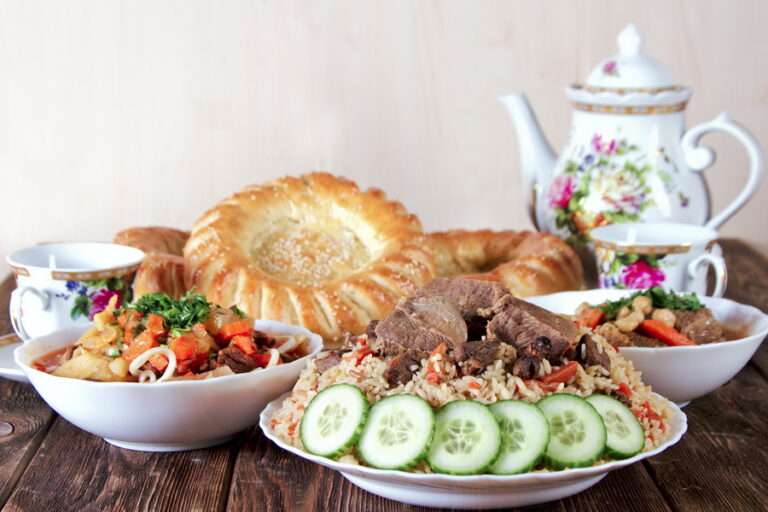Introduction: Swedish cuisine during holidays and festivals
Swedish cuisine is well-known for its simplicity, yet unique flavors. During holidays and festivals, traditional dishes and delicacies are served, some of which have been passed down for generations. From Christmas to midsummer, Swedish cuisine offers a variety of dishes that are worth savoring. In this article, we will explore some of the most popular dishes that are served during holidays and festivals in Sweden.
1. Julbord: traditional Christmas buffet
Julbord, or Christmas buffet, is a feast that includes a variety of dishes such as pickled herring, meatballs, sausages, and potatoes. The julbord also includes cold cuts, different types of bread, and a variety of cheeses. One of the most popular dishes served during julbord is Jansson’s Temptation, a creamy potato gratin with anchovies. For dessert, rice pudding with cinnamon and sugar is a must, and it is common to place an almond in the pudding, with the lucky finder receiving a special prize. The feast is enjoyed on Christmas Eve, and it is common to start with a shot of snaps, a traditional Swedish spirit, to toast to the holiday.
2. Semla: sweet buns for Fat Tuesday
Semla is a sweet bun made from a cardamom-spiced wheat bun, filled with almond paste and whipped cream. The bun is traditionally eaten on Fat Tuesday, a day before the start of Lent. It is believed that semla has been a Swedish tradition since the 16th century and was originally a way to break the fast during Lent. Today, semla is enjoyed all over Sweden and is a popular treat during the winter season. The bun is usually served with hot milk or coffee.
3. Påskmat: Easter smorgasbord
Påskmat, or Easter smorgasbord, is a feast that includes a variety of dishes such as pickled herring, salmon, and cured meats. The smorgasbord also includes different types of bread, cheese, and salads. One of the most popular dishes served during påskmat is Janssons frestelse, a creamy potato gratin with onions and anchovies. For dessert, a chocolate egg filled with sweets is a must, and it is common to decorate the table with colorful feathers and Easter decorations.
4. Midsommar: celebration of summer solstice
Midsommar, or the celebration of summer solstice, is one of the most important holidays in Sweden. The holiday is celebrated with a feast that includes pickled herring, potatoes, and different types of bread. One of the most popular dishes served during midsommar is the traditional Swedish meatballs, which are usually served with lingonberry jam and mashed potatoes. For dessert, strawberry cake is a must, and it is common to decorate the table with flowers and traditional midsommar poles.
5. Kräftskiva: crayfish party in August
Kräftskiva, or crayfish party, is a feast that celebrates the summer and the harvest of crayfish. The feast includes crayfish, served cold with dill, bread, and butter. It is common to wash down the crayfish with beer or snaps. The feast is usually held outdoors, and it is common to decorate the table with paper lanterns and traditional Swedish decorations.
6. Lucia: saffron buns and glögg in December
Lucia is a celebration of light that is held on December 13th. The celebration is usually held early in the morning, and it is common to serve saffron buns and glögg, a traditional Swedish mulled wine. Saffron buns are made from a sweet, yeast dough flavored with saffron and raisins. The buns are usually served with coffee or tea, and it is common to top them with a slice of cheese. Glögg is made from red wine, spices, and sugar, and it is usually served warm with almonds and raisins. The celebration of Lucia marks the beginning of the Christmas season in Sweden.
In conclusion, Swedish cuisine has a rich tradition of serving delicious dishes during holidays and festivals. From julbord during Christmas to kräftskiva in August, Swedes celebrate their traditions and culture through food and festivities. These dishes not only offer a unique taste but also a glimpse into the customs and traditions that have shaped Swedish society over many generations.








